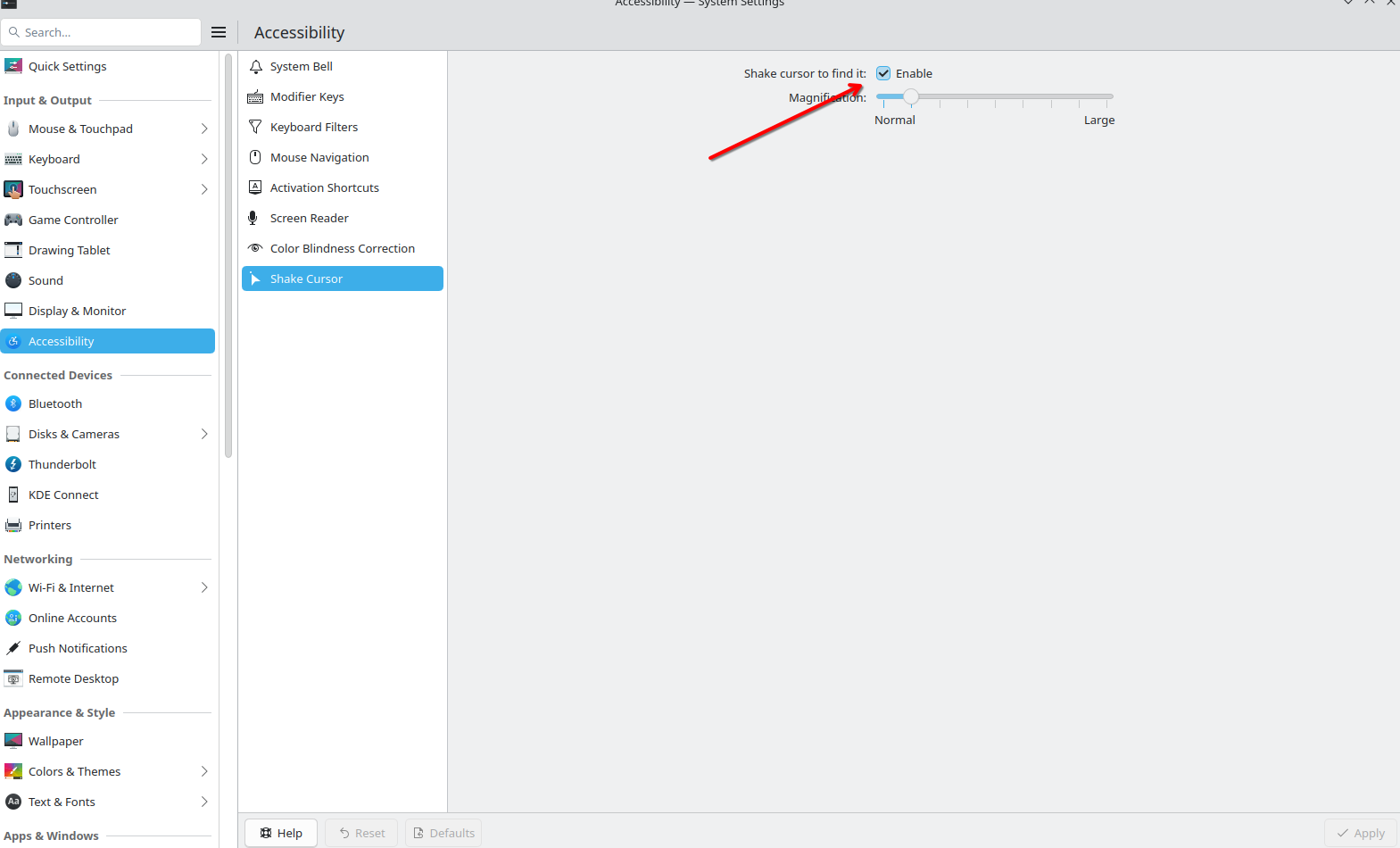

Not a software one, but back when I was a teenager doing hardware modifications (or attempting to at least), I had a very valuable to me Atari 130XE computer (35 or so years ago) I wanted to solder in some extra RAM or some chip (I don’t recall now) but I had problems removing the old one so I called up my friend who did electronics repair the Mainboard. It was raining that night I took it to him so I did what I thought was best. Put it in a black garbage bag to protect it. Lets just say the next morning is when I found out that Static + circuit boards is a bad thing. Never more than a valuable less for me than at that time. He was a good friend though and out of the goodness of his heart, he gave me a replacement one so I wouldn’t be without. (Mind you, these were out of production and considered obsolete at the time maybe worth $40 at the time) and not yet vintage as they would be seen today where in some markets can fetch upward to a few hundred more as is.

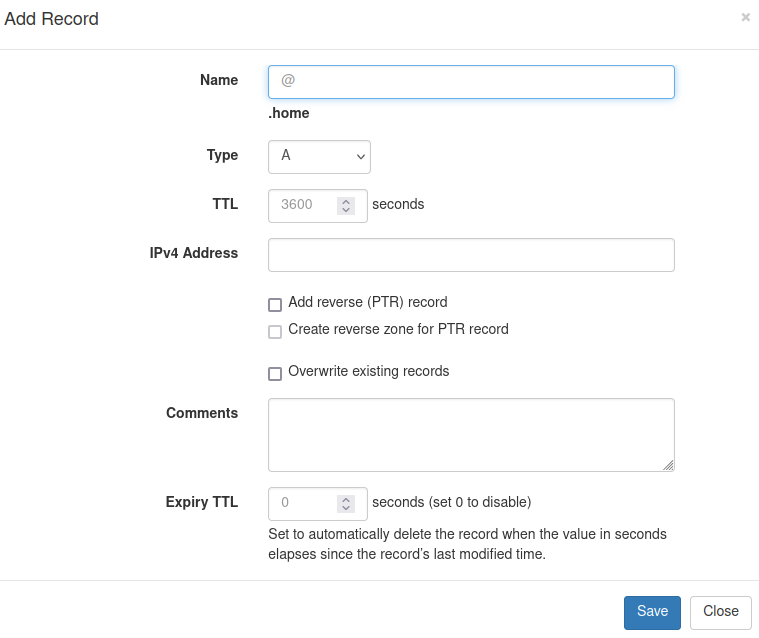
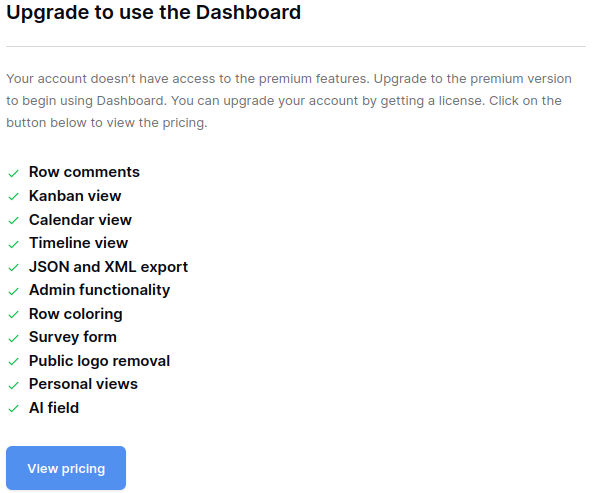
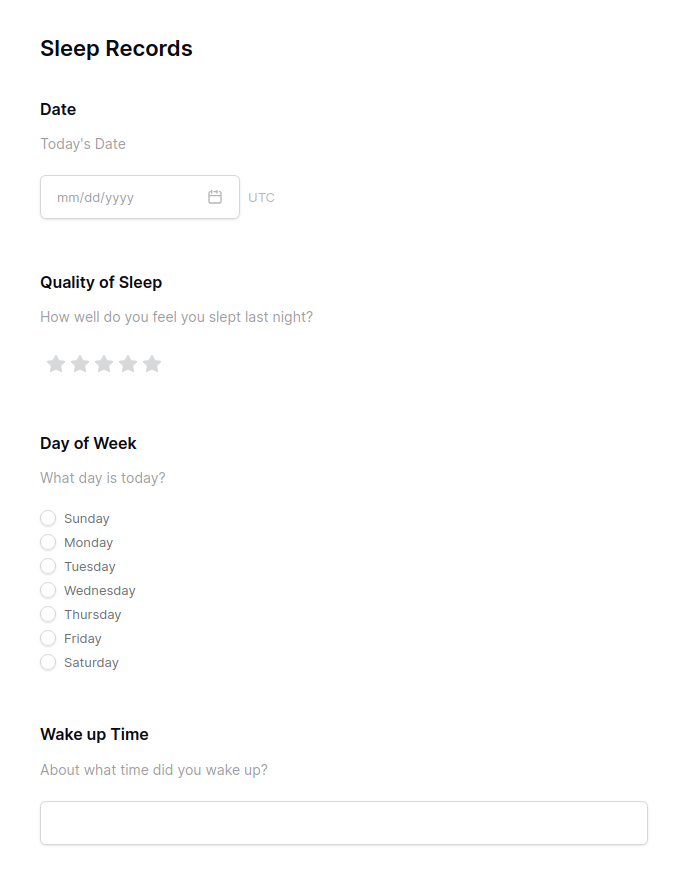


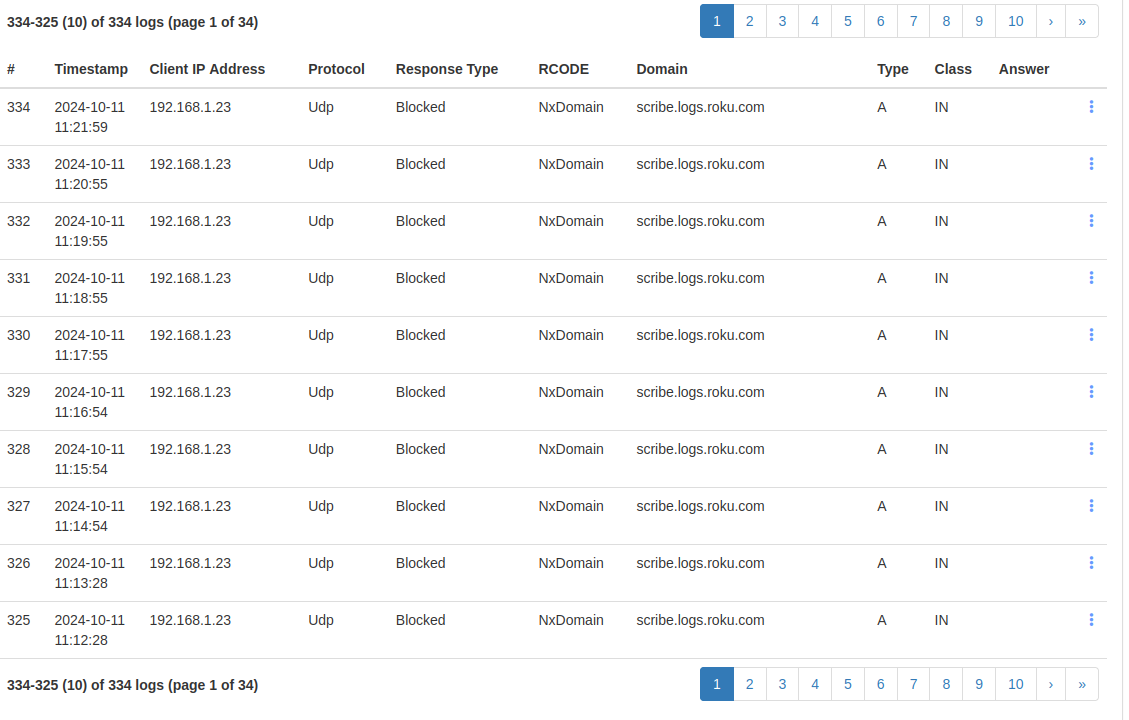
You just have to turn it off. It’s an accessibility feature if you don’t want it: